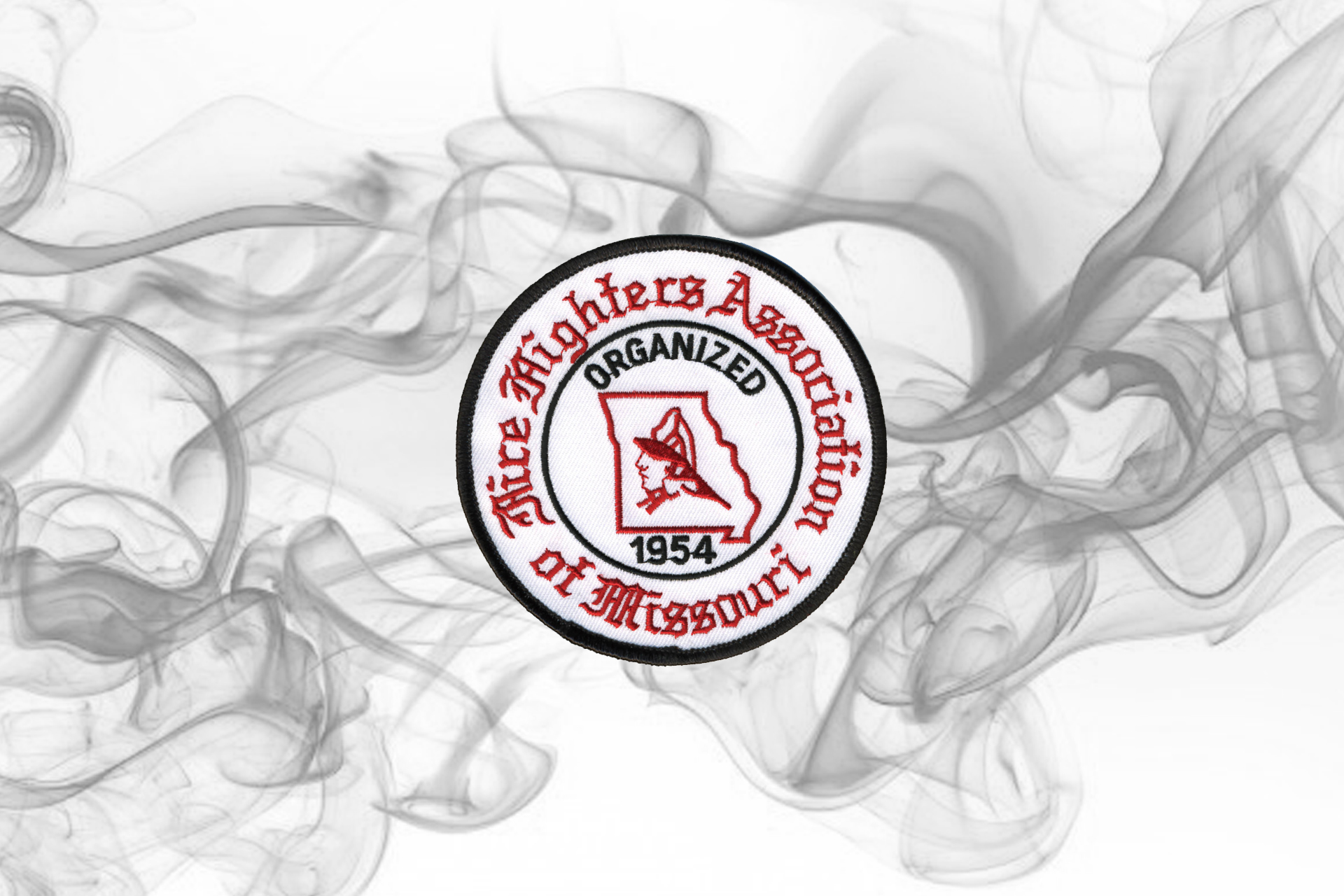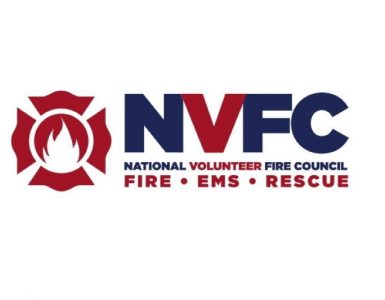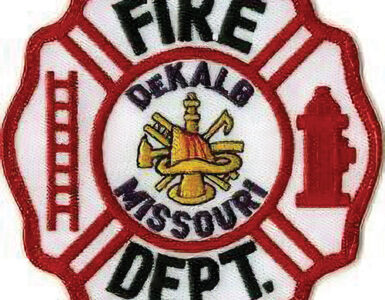In August of this year, Central Jackson County Fire Protection District (CJCFPD) underwent significant restructuring in its Fire Prevention and EMS Divisions. As a result of this reorganization, the CJCFPD Community Risk Reduction Bureau (CRR) was formed. While the CRR concept is not new to the fire service, the scope of the CJC CRR Bureau is unique. Under the umbrella of community risk reduction falls the EMS Operations Division, the Mobile Integrated Health program (CJCares), traditional fire prevention and investigation activities, as well as several emergency management functions.
In late 2016, CJC launched CJCares, a Community Paramedic/Mobile Integrated Health program designed to deliver non-emergency assistance and care to at-risk populations and high utilizer groups. CJC had experienced a 25 percent increase in calls for assistance between 2012 and 2016. The goal of CJCares was and remains, to deliver services in a non-emergency setting, thereby preventing the need for unplanned emergency assistance. By preventing the emergency, patient outcomes should improve and 911 system utilization should decrease. By the end of 2018, patient satisfaction with the CJCares program was high, repeat patients were calling emergency crews half as frequently, and overall agency-wide call volume decreased.
By the time operation of the program was in full swing, the similarities of “preventative” activities involving CJCares compared to traditional fire prevention activities became apparent. Essentially, each program, CJCares and fire prevention, represented a side of the “prevention” coin. One, emergency medical call prevention and the other, traditional fire prevention. In fact, as each program moved forward, similar methodologies were used to identify elements of community risk. For instance, call data indicated the most common call for assistance from CJC patrons in 2018 was related to a fall of some kind. This group of calls accounted for over fifteen percent of all calls for assistance. Additionally, the average age of the individual calling for assistance after a fall was 72.4 years old. Using this type of data evaluation, CJCares began researching fall prevention programs and fall potential identification. Using similar methodology, fire agencies have traditionally identified circumstances of frequently occurring fire and have aimed prevention activities at the identified common causes.
By housing EMS call prevention efforts alongside fire prevention activities, the newly formed Community Risk Reduction Bureau staff can evaluate and target specific hazards across the entire spectrum of “risk” for the populations CJC protects. EMS has simply, to this point, been a service line offered by the fire service. Including EMS in the traditional fire prevention model represents a paradigm shift. By spending prevention resources on all identified risk, including risk in the injury prevention and chronic disease categories, CJC demonstrates that EMS has become part of the primary mission and central focus in evaluating a major risk category frequently overlooked by fire agencies. Members of the Community Risk Reduction Bureau work to prevent when possible, through reducing risk to all hazards, mitigate the impact when prevention falls short, then educate to strengthen the likelihood of preventing the next event. Prevent. Mitigate. Educate.

































